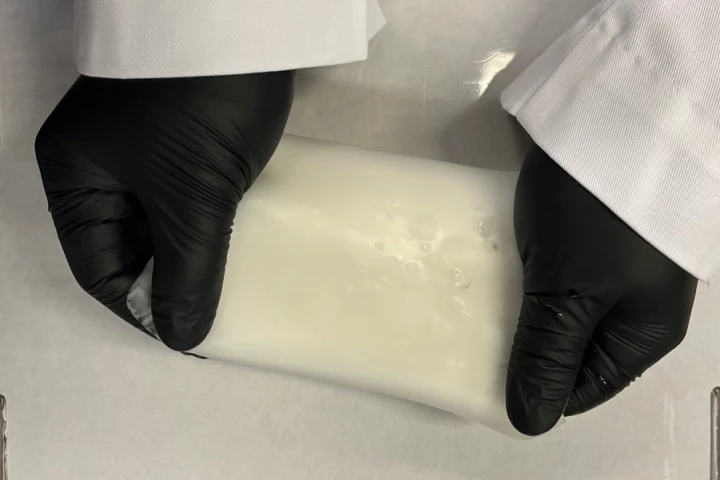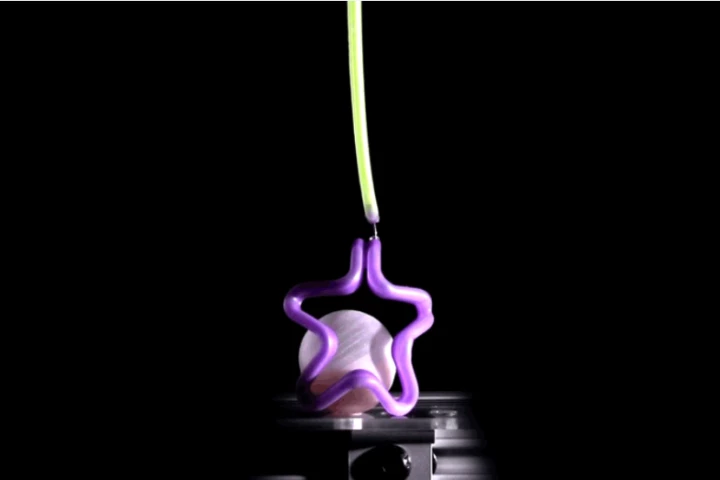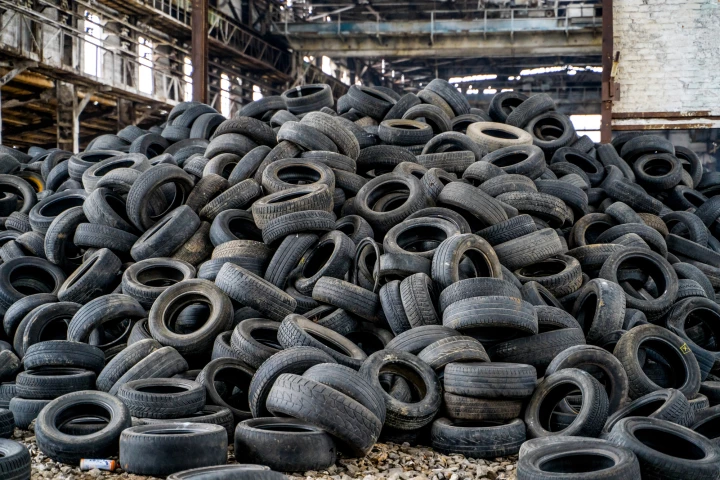Rubber
-
Pirelli has launched its first full production tires with over 70% bio-based and recycled materials. The new line of P Zero tires was developed for Jaguar Land Rover, and include Forest Stewardship Council certification for natural rubber.
-
Because they're made of vulcanized rubber, old tires can't simply be melted down and used to make new tires. Such is reportedly not the case, however, with new rubber-free tires made from eco-friendly elastomers.
-
For many bicycle commuters, painful shin scrapes caused by pedal strikes are just an unavoidable part of cycling. They might not have to be, however, if the designers of the rubber-bodied Bumper Pedals have anything to say about it.
-
Changing up the recipe could help roads last longer. Researchers in Australia have now shown another advantage of adding rubber from old tires to asphalt – extra Sun protection that could help roads last up to twice as long before cracking.
-
Rubber might not seem like a great candidate for an electrolyte material in a battery, but Georgia Tech researchers have developed a new rubbery material with a high conductivity, which could make for safer electric vehicle batteries with longer range.
-
Although soft-bodied robots show great promise for tasks like squeezing through tight spaces, it's a bit counterproductive if their soft appendages are moved by hard actuators. A new technology addresses that problem, via the use of "fancy balloons."
-
Researchers at Rice University have developed a new process to convert old tires into graphene, which can then be used to make concrete. Not only is it more environmentally friendly, but the team says the resulting concrete is substantially stronger.
-
A versatile new kind of polymer can be used on its own like regular rubber, or mixed with filler materials including used PVC and carbon fiber to create brand new composites, which can in turn be recycled in an almost endless loop.
-
Imagine getting a flat tire, and just smearing on a chemical that makes the rubber meld seamlessly back together. That’s the kind of breakthrough researchers are now reporting, with a new material made of waste products and easily recyclable itself.
-
Refrigeration and air conditioning could use a boost in efficiency. On that road, researchers have now developed an unusual new technique that could lead to "twist fridges", which cool by unraveling fibers that are tensely twisted.
-
Researchers from the Department of Mechanical Science and Engineering at the University of Illinois have developed an artificial muscle made of carbon fiber and rubber that can lift over 12,000 times its own weight.
-
Rubber and metal are usually thought to sit at opposite ends of the stiffness spectrum, but a new composite material developed at Iowa State University could switch from the flexibility of the former to the stiffness of the latter after being bent, twisted or squeezed.
Load More











